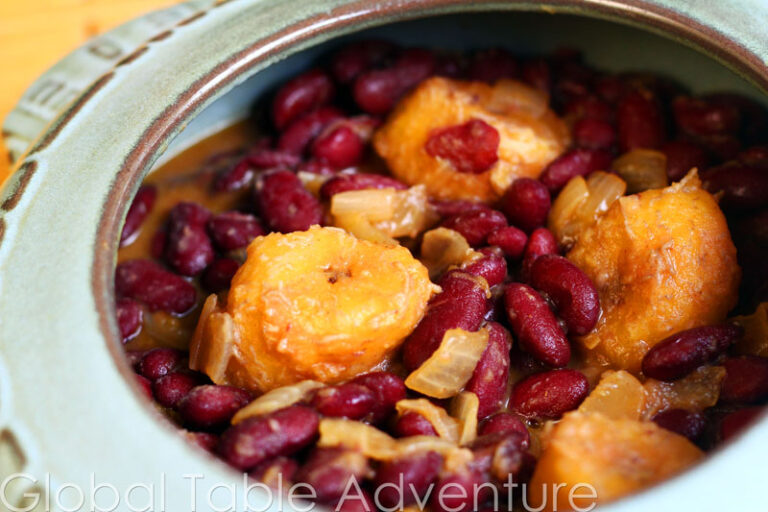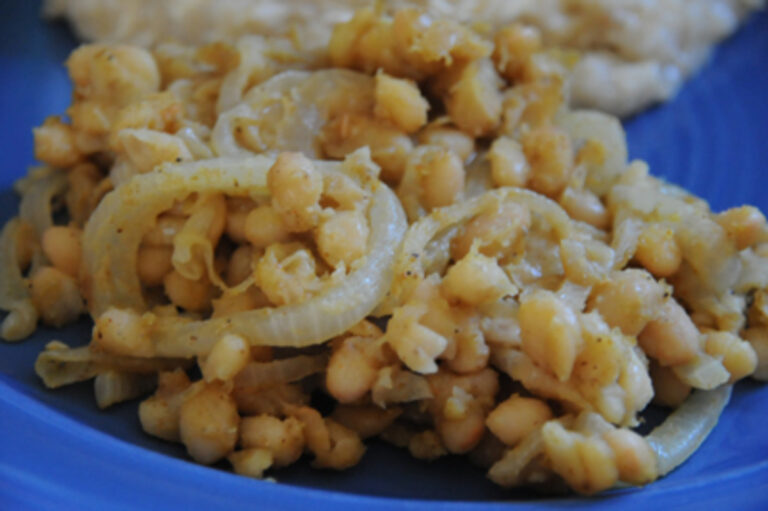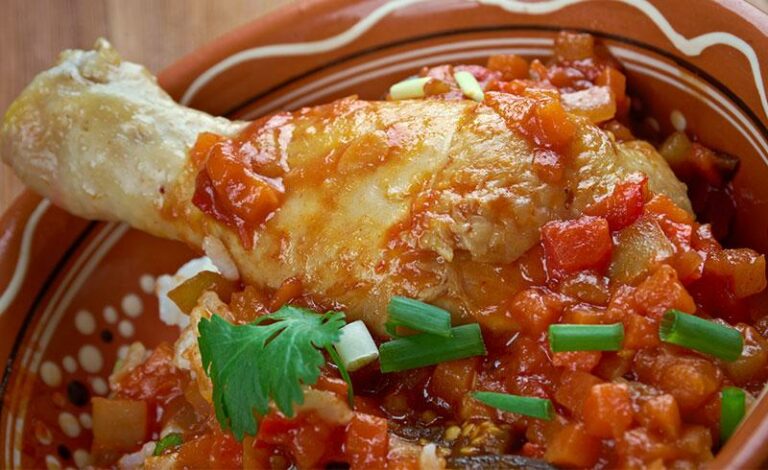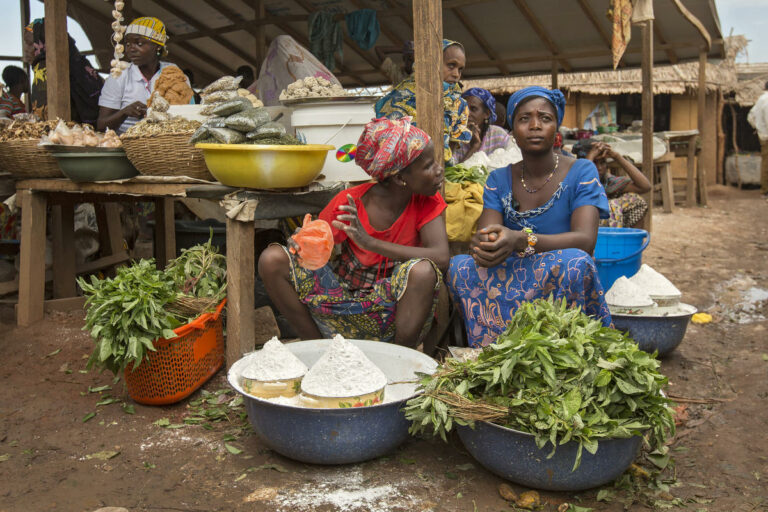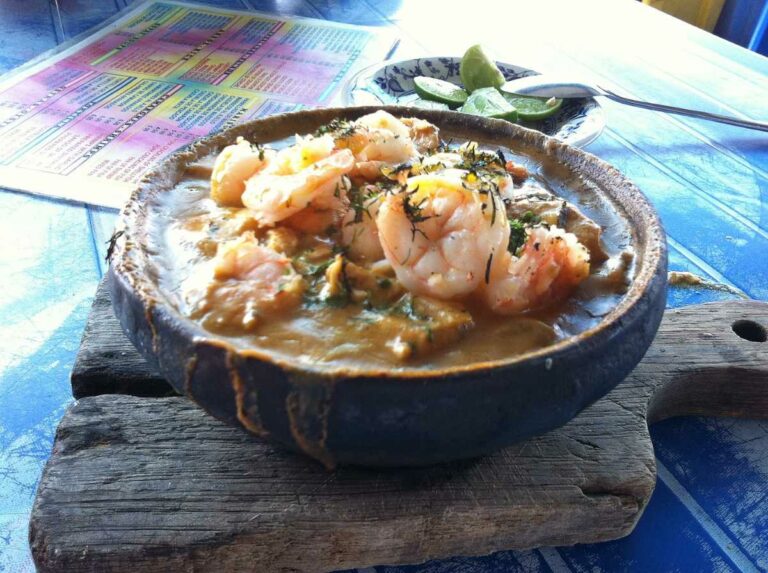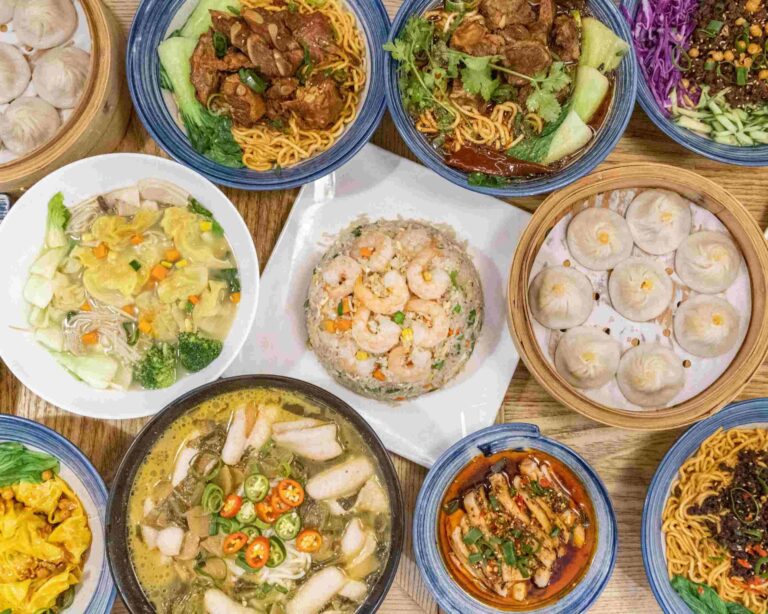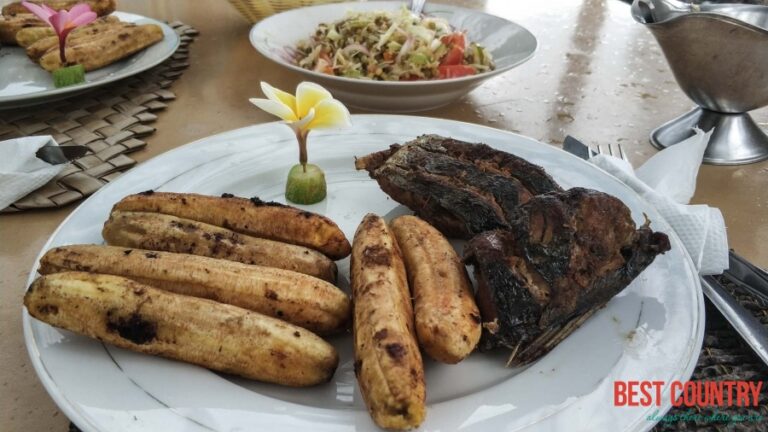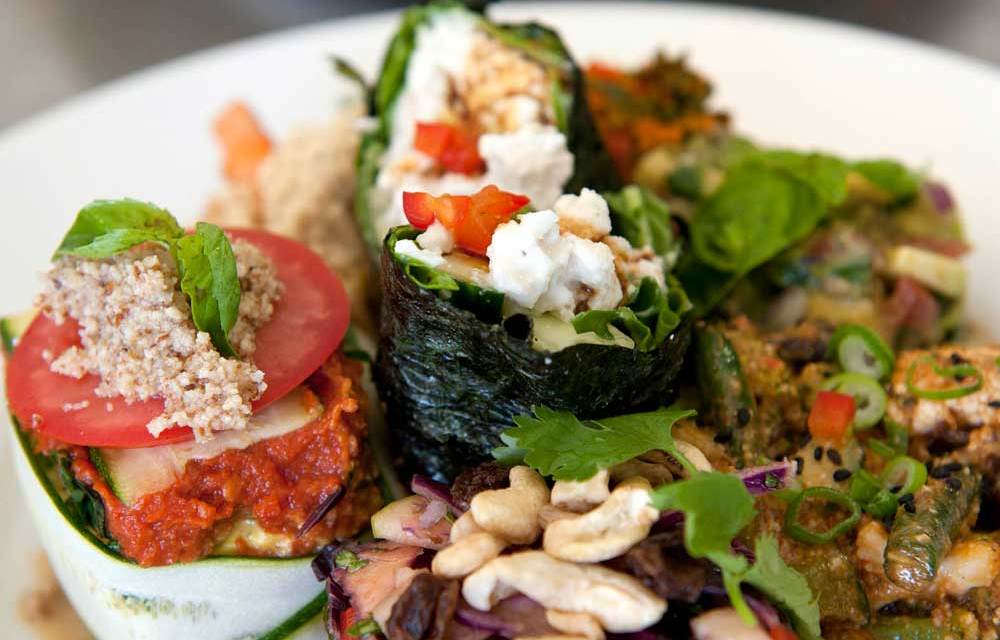Introduction: Spices and Seasonings in Burkina Faso
Burkina Faso, a landlocked country in West Africa, is known for its rich culture and cuisine. The local dishes are characterized by a blend of spices and seasonings that are unique to the region. Spices and seasonings play a crucial role in the cuisine of Burkina Faso, adding flavor, aroma, and color to the dishes.
The traditional spice blends and seasonings used in Burkina Faso cooking are a reflection of the local culture and traditions. These spices and seasonings are often made from locally grown ingredients and are passed down from generation to generation. In this article, we will explore some of the most popular spice blends and seasonings used in Burkina Faso cooking.
Yaji: The Flavorful Spice Blend
Yaji, also known as suya spice, is a popular spice blend in West African cuisine, including Burkina Faso. It is made from a combination of roasted peanuts, ginger, garlic, cayenne pepper, and other spices. Yaji is commonly used to season grilled or roasted meats, fish, and vegetables. It adds a smoky, nutty flavor to dishes and is often served as a condiment.
Soumbala: The Fermented Condiment
Soumbala is a traditional condiment made from fermented seeds of the néré tree. It is used as a seasoning in stews, soups, and sauces, adding a nutty, umami flavor. Soumbala is an acquired taste and is often compared to blue cheese or marmite. It is a staple ingredient in many West African cuisines, including Burkina Faso.
Tô Massé: The Classic Seasoning for Stews
Tô Massé is a classic seasoning used in Burkina Faso to flavor stews and soups. It is made from a blend of spices, including ginger, garlic, onion, and tomatoes, and is often mixed with peanut butter. Tô Massé adds a complex, savory flavor to dishes, and is a staple in many households across Burkina Faso.
Ginger and Garlic: The Common Aromatics
Ginger and garlic are common aromatics used in many dishes in Burkina Faso. They are often used together to add depth and complexity to the flavor of stews, soups, and sauces. Ginger and garlic are also believed to have medicinal properties, making them a popular ingredient in traditional medicine.
Nététou: The Umami-Boosting Ingredient
Nététou is a fermented ingredient made from locust beans. It is used as a seasoning in stews and sauces, adding a rich, umami flavor. Nététou is a staple ingredient in many West African cuisines and is widely used in Burkina Faso.
Hibiscus: The Tart and Tangy Flavoring
Hibiscus is a popular ingredient in many West African cuisines, including Burkina Faso. It is used as a flavoring in drinks, sauces, and stews, adding a tart, tangy flavor. Hibiscus is also believed to have health benefits, making it a popular ingredient in traditional medicine.
Karité: The Nutty Addition to Dishes
Karité, also known as shea butter, is a common ingredient in many West African cuisines, including Burkina Faso. It is often used as a cooking fat and is added to dishes to add a nutty, rich flavor. Karité is also used as a moisturizer for the skin and hair and is a valuable commodity in many West African countries.


